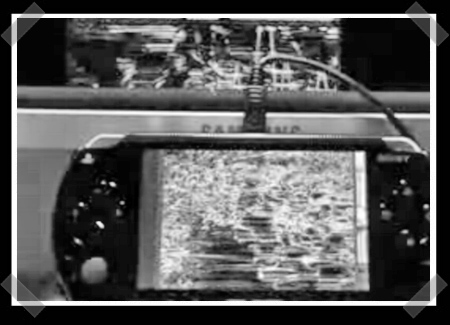[blip.tv ?posts_id=1333256&dest=-1]
Boxee, the social XBMC, is now easy to install on your Apple TV. We first covered Boxee in June when the alpha was released. It’s great to see how much the project has advanced to this point. To install on the Apple TV, you first download a USB “patchstick” creator. The program puts a mac partition on the drive and copies over the necessary files. You reboot the Apple TV with the stick installed and it patches in both Boxee and XBMC. When you restart the the device it will have two new menu items and the rest of the system will be intact. [Dave Mathews] shows the entire process in the video above. He notes that they’re currently not taking advantage of the GPU, so 1080p is a little too much for the system.















